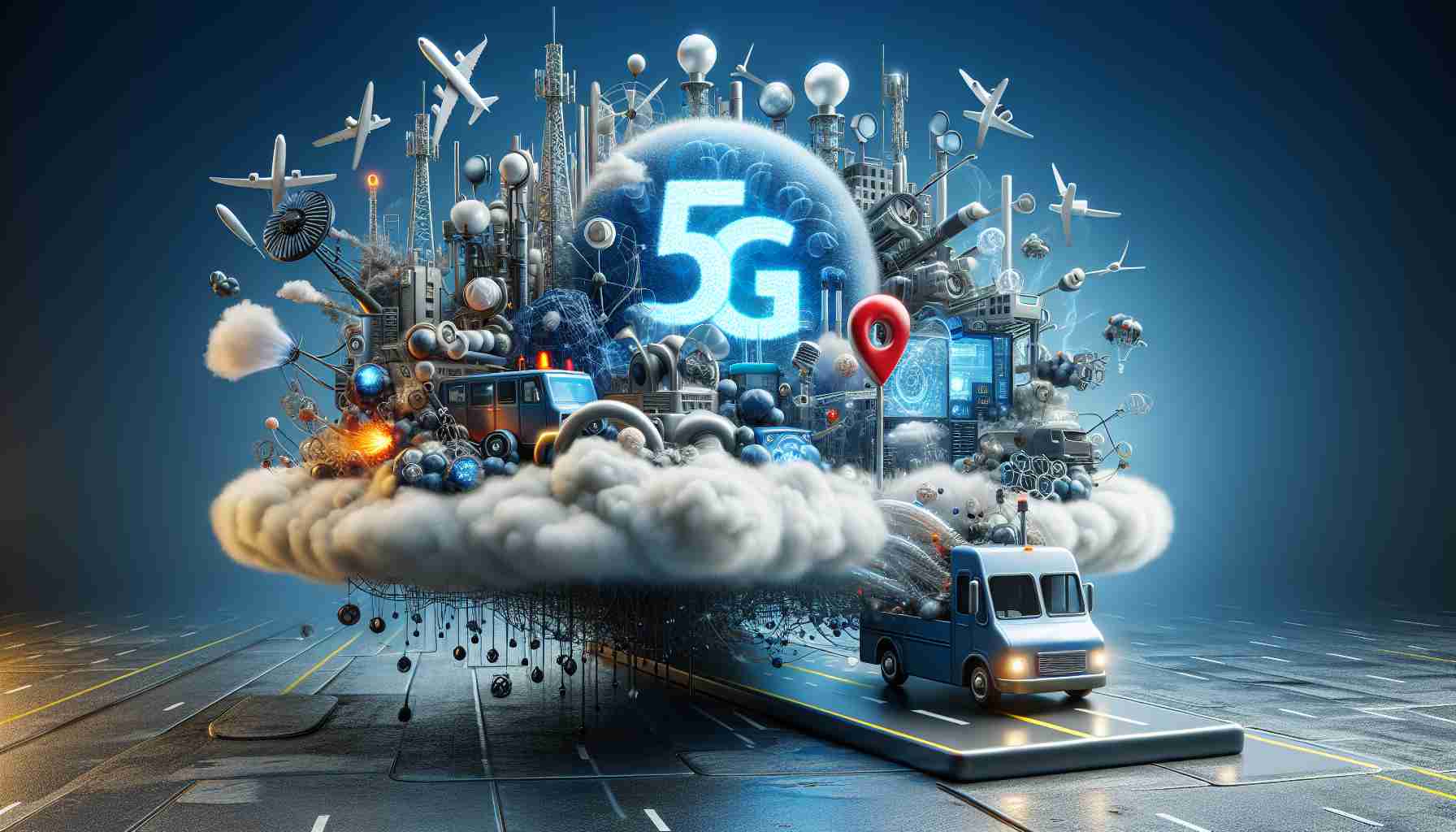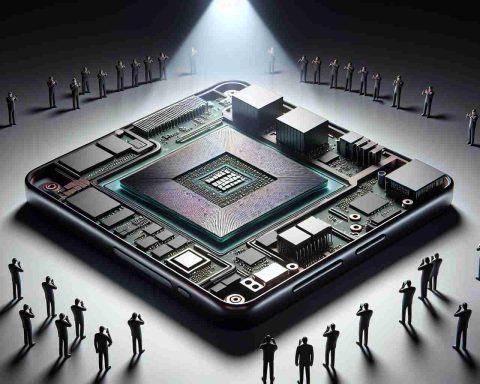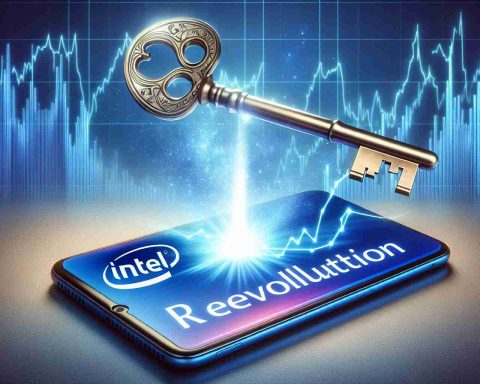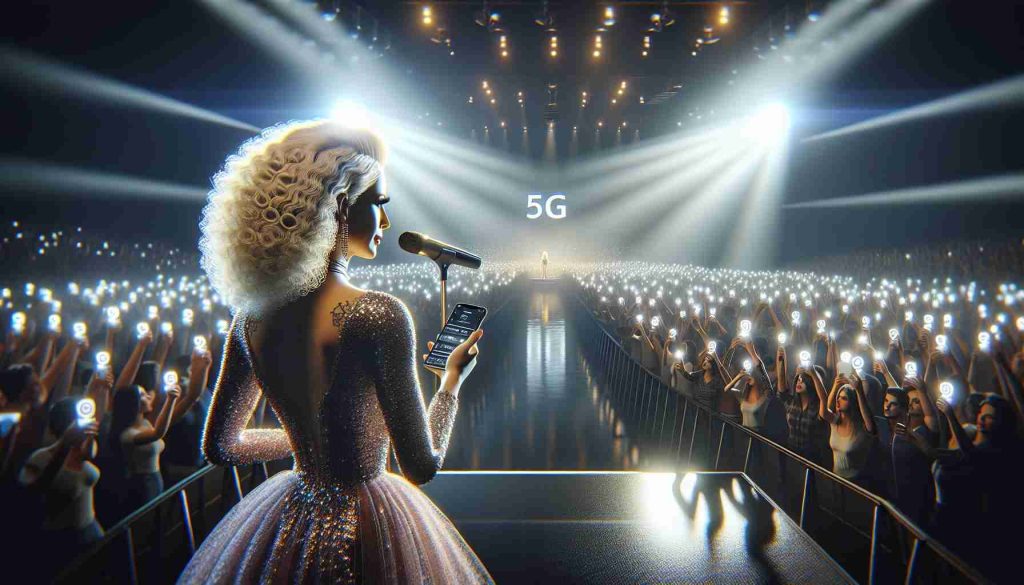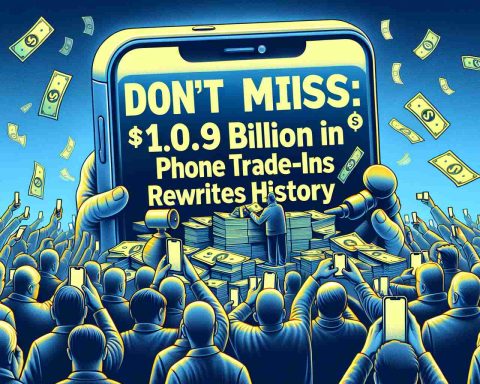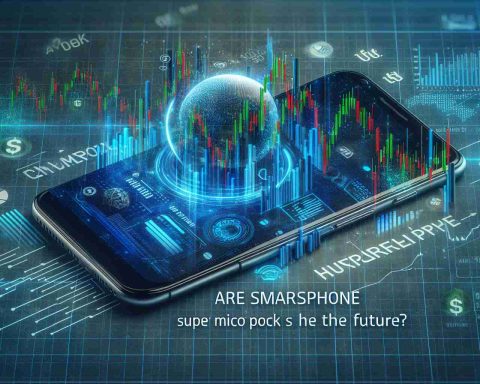T-Mobile US has made headlines by achieving a remarkable milestone in the realm of mobile connectivity with their latest technological advancement known as 5G Dual Connectivity (5G DC).
Through the harnessing of this groundbreaking feature, the telecom giant has successfully raised uplink throughput and capacity to phenomenal levels, hitting peak speeds of 2.2 Gbps, which marks a significant improvement over previous capabilities.
The 5G DC technology allows T-Mobile to combine its 2.5 GHz and mmWave spectrum, enabling an unprecedented allocation of resources—up to 60%—for uplink data, as opposed to the usual limit of just 20%. This innovation not only enhances speed but also significantly boosts the efficiency of data transmission from devices to the network.
A recent test conducted at SoFi Stadium in Southern California showcased this new capability, utilizing advanced equipment from prominent industry partners. T-Mobile executives emphasized that this improvement addresses the growing importance of upload speeds for activities like live streaming and mobile gaming, especially during high-demand events.
Tech experts noted that achieving high uplink speeds is critical for creating immersive user experiences and reliable connectivity. The successful implementation of 5G DC is a vital step towards enriching the digital experience at concerts, sporting events, and beyond, fulfilling T-Mobile’s vision of unlocking the full potential of 5G technology.
Unlocking the Potential of 5G: Tips, Hacks, and Facts for Users
As T-Mobile US advances its 5G technology with Dual Connectivity (5G DC), users can experience a new level of mobile connectivity. With peak speeds reaching 2.2 Gbps and enhanced uplink capabilities, it’s a great time to maximize your mobile experience. Here are some tips, life hacks, and interesting facts to help you make the most out of 5G connectivity.
1. Optimize Your Device Settings
Ensure that your smartphone or device is set up to take advantage of 5G. Check your settings to confirm that the 5G mode is enabled and that your device is compatible with the mmWave and 2.5 GHz frequencies. Keeping your device updated to the latest software can aid in harnessing better speeds and reliability.
2. Choose the Right Location
5G technology has varying coverage depending on your location. Areas with dense networks, such as urban centers or venues like SoFi Stadium, offer the best performance. Be mindful that mmWave technology, while fast, has a shorter range and is more affected by obstacles.
3. Use Wi-Fi Assist
Some smartphones have a feature known as Wi-Fi Assist that helps to seamlessly switch between Wi-Fi and mobile data. This can enhance your experience, especially during high-data activities like streaming or gaming, as it ensures you are always on the best possible connection.
4. Leverage Cloud Gaming Services
With improved uplink speeds, mobile gaming becomes more immersive and dynamic. Consider utilizing cloud gaming platforms that allow you to play high-quality games without the need for a console, making it easier to game on the go with enhanced connectivity.
5. Understand Data Consumption
With higher speeds come higher data usage. Regularly monitor your data consumption, especially when streaming videos or using high-bandwidth applications. Many cellular providers, including T-Mobile, offer plans that provide data management tools to help track usage.
6. Take Advantage of Live Streaming Opportunities
5G technology allows for smooth and high-quality live streaming. Participate in live events or share experiences on social media with the newfound ability for high-quality uploads. Activities like concert streaming or real-time sharing during events can enhance your social engagement.
7. Explore Smart Devices
With the rise of 5G, consider incorporating smart gadgets into your home setup. Smart cameras, speakers, and other IoT devices can benefit from the high speeds and lower latency, making your home more connected and efficient.
Interesting Fact:
Did you know that as T-Mobile utilizes its 5G DC technology, it can allocate up to 60% of resources for uplink data? This is a massive leap compared to the previous typical allocation of just 20%, demonstrating a future where upload speeds are increasingly vital for user experiences.
For more insights on mobile technology and connectivity, visit T-Mobile.

